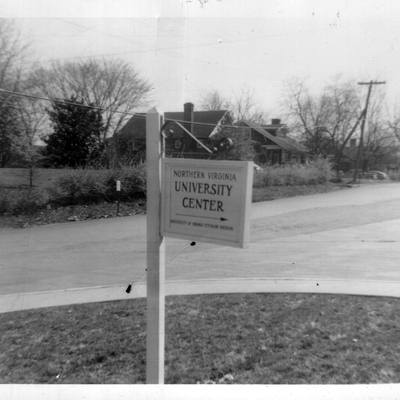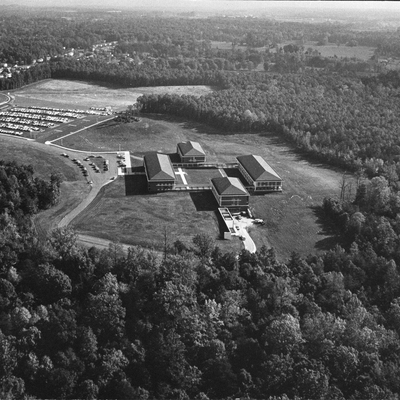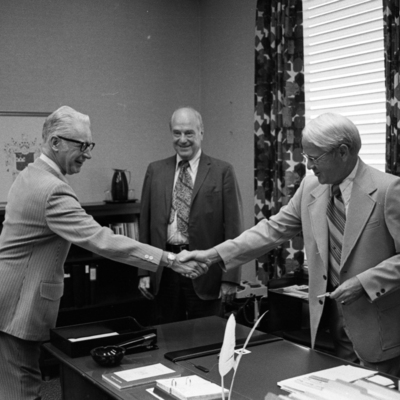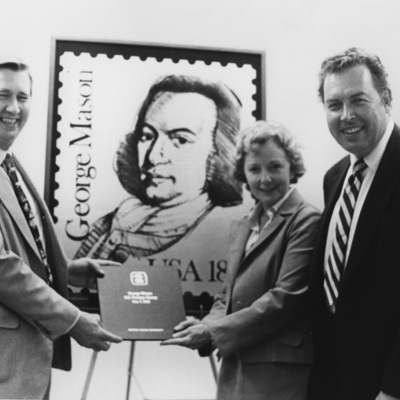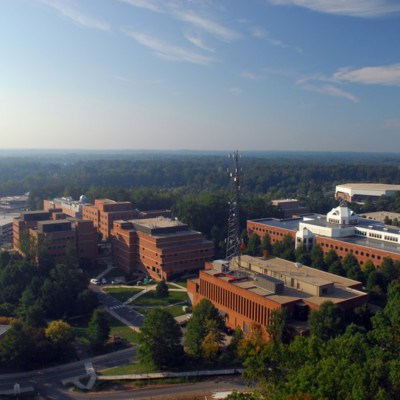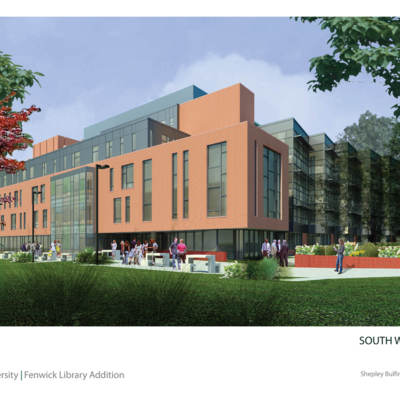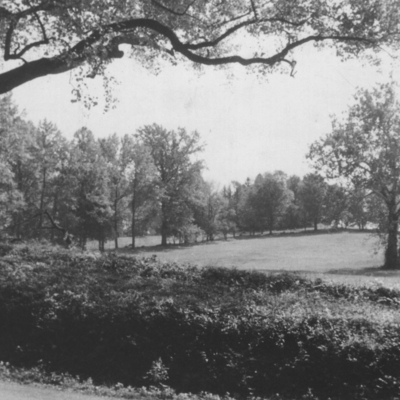The Phone Call
According to C. Harrison Mann, Jr., it all started with a phone call...
Sometime in 1949, University of Virginia President and former Governor of Virginia, Colgate W. Darden, Jr. telephoned Mann. At the time Mann was an Arlington, Virginia lawyer and President of the Washington Chapter of the University of Virginia Alumni Association. Mann later wrote that the date of this call had been “lost in the mists of time,” but Darden’s message was clear. “Hank, the people of Northern Virginia need higher education, but they don’t know it yet,” Darden told him. [1] He then asked Mann to head up a committee to explore the feasibility of an institution of higher learning in Northern Virginia under the auspices of the University. With that telephone call, Mann and Darden had just started the process that would lead to the creation of one of the most rapidly-growing public universities in the United States.
The reason behind the need for higher education in Northern Virginia was clear to Darden and his chief of the Extension Division, Dr. George B. Zehmer. The post-war Washington, D.C. area was rapidly advancing. Northern Virginia had the highest proportion of college-bound students in the state. Families in the region had relatively high incomes, a great deal of civic pride, and the ability and the desire to organize. But there were no state colleges in the area. Also, with the advent of the G.I. Bill, veterans would be looking for educational opportunities like never before. Darden believed that a new educational infrastructure was needed to serve the educational needs of this growing population. He was determined to start a branch college of the University in Northern Virginia. This branch would offer two years of course work towards a four-year degree. However, President Darden wanted the people of northern Virginia to lead the charge for this new institution of higher education. [2]
The late George Mason University faculty member, William H. McFarlane, in his unpublished work on the history of the university, suggests that Darden did not want to be seen as directly sponsoring the University’s expansion in Northern Virginia, but rather he wanted the citizens to invite the University in. The reason for this was to avoid a possible “turf war” with its major institutional rivals, Virginia Polytechnic Institute (today referred to as Virginia Polytechnic Institute and State University) and the College of William & Mary .” [3] Also, as McFarlane posits, if the University were to push for expansion into northern Virginia without strong local support, it might appear to the Virginia General Assembly in Richmond to be simply a ploy used by Charlottesville to gain additional funding for itself. The General Assembly at that time still did not consider the allocation of state funds for higher education a high priority. In the early 1950s, the Commonwealth of Virginia spent only fifteen cents on higher education for every dollar it spent on elementary education. [4]
But if the people of Northern Virginia themselves asked to bring the University into their community, the chances for success would increase, Darden figured. By recruiting influential people in the area, such as Mann (who later served four terms in the Virginia House of Delegates), Clarence Steele, a federal government employee and president of the Associated PTA’s of Northern Virginia, and other political and business luminaries in the area, Darden gained a foot in the door with the local power structure. With the Northern Virginia governmental and educational organizations on his side, Darden could then forward his request to the General Assembly. In the spring of 1949 four major Northern Virginia jurisdictions: Arlington and Fairfax Counties and the cities of Falls Church and Alexandria banded together to support the establishment of an institution of higher education associated with the University in Northern Virginia.
Browse items related to C. Harrison Mann, Jr.
Browse items related to The Virginia Advisory Legislative Council.
